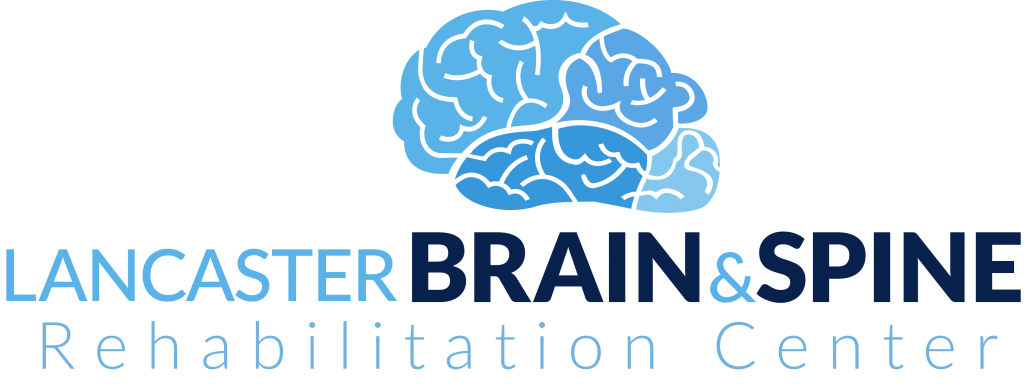Persistent Postural-Perceptual Dizziness (PPPD) is a chronic and often frustrating condition marked by ongoing dizziness, unsteadiness, or a sensation of rocking—even while still. At Lancaster Brain & Spine, we regularly help patients navigate PPPD using functional neurology, with the goal of restoring stability and improving quality of life.
What Causes PPPD?
PPPD typically develops after an initial vestibular event—such as a concussion, inner ear infection, or period of intense stress. Even when the original issue resolves, the brain may struggle to recalibrate, leading to lingering symptoms. Many patients describe feeling “off” or chronically dizzy, especially in busy environments like grocery stores or while scrolling on their phones.
Unlike traditional vestibular disorders, PPPD often presents with normal test results on MRIs and hearing exams. This makes diagnosis challenging and highlights the need for a more specialized neurological approach.
The Brain and Sensory Mismatch
From a functional neurology perspective, PPPD stems from a sensory mismatch between three major systems:
- Vestibular system (inner ear)
- Visual system (eyes)
- Proprioceptive system (body awareness)
These systems normally work together to keep us balanced and oriented. In PPPD, the brain often over-relies on visual input, creating a conflict when there’s too much motion or visual complexity—like walking in a crowd or driving. This mismatch confuses the brain, triggers dizziness, and may cause anxiety that worsens symptoms.
How We Assess PPPD
Proper diagnosis requires a thorough neurological evaluation. At our clinic, we begin with a detailed history and symptom review, followed by targeted testing. Tools like video-oculography and posturography allow us to assess:
- Eye movements and tracking
- Balance and postural stability
- Sensory integration between systems
We also screen for contributing factors like migraines or anxiety, which often coexist with PPPD and can make recovery more complex if left unaddressed.
Individualized Treatment with Functional Neurology
Treatment for PPPD is about more than just managing symptoms—it’s about retraining the brain to better process sensory input. Our approach includes:
- Vestibular rehabilitation therapy (VRT): Exercises that improve gaze stability, balance, and motion tolerance
- Targeted neuroplastic techniques: Eye movement drills, sensory stimulation, and motor exercises to rebuild efficient neural pathways
- Gradual exposure therapy: Helping the brain adapt to visual motion and busy environments in a safe, structured way
We individualize each plan to the patient’s needs—no two cases of PPPD are the same. Our goal is to improve function, not just reduce symptoms.
Supporting the Whole Person
Since PPPD can be physically and emotionally draining, we take a holistic, patient-centered approach. In addition to neurological therapy, we support:
- Stress regulation and relaxation techniques
- Daily movement and physical activity adapted to your tolerance
- Sleep quality and nutrition guidance, as both impact brain recovery
Cognitive-behavioral strategies may also help reduce fear or anxious thinking that fuels the cycle of dizziness.
Regain Control and Stability
While PPPD recovery takes time, it is possible with the right tools and support. Many of our patients report significant improvements in their confidence, balance, and ability to return to everyday life.
If you or someone you love is struggling with unexplained dizziness, a functional neurology evaluation can uncover what’s going on beneath the surface—and guide the path toward healing.





